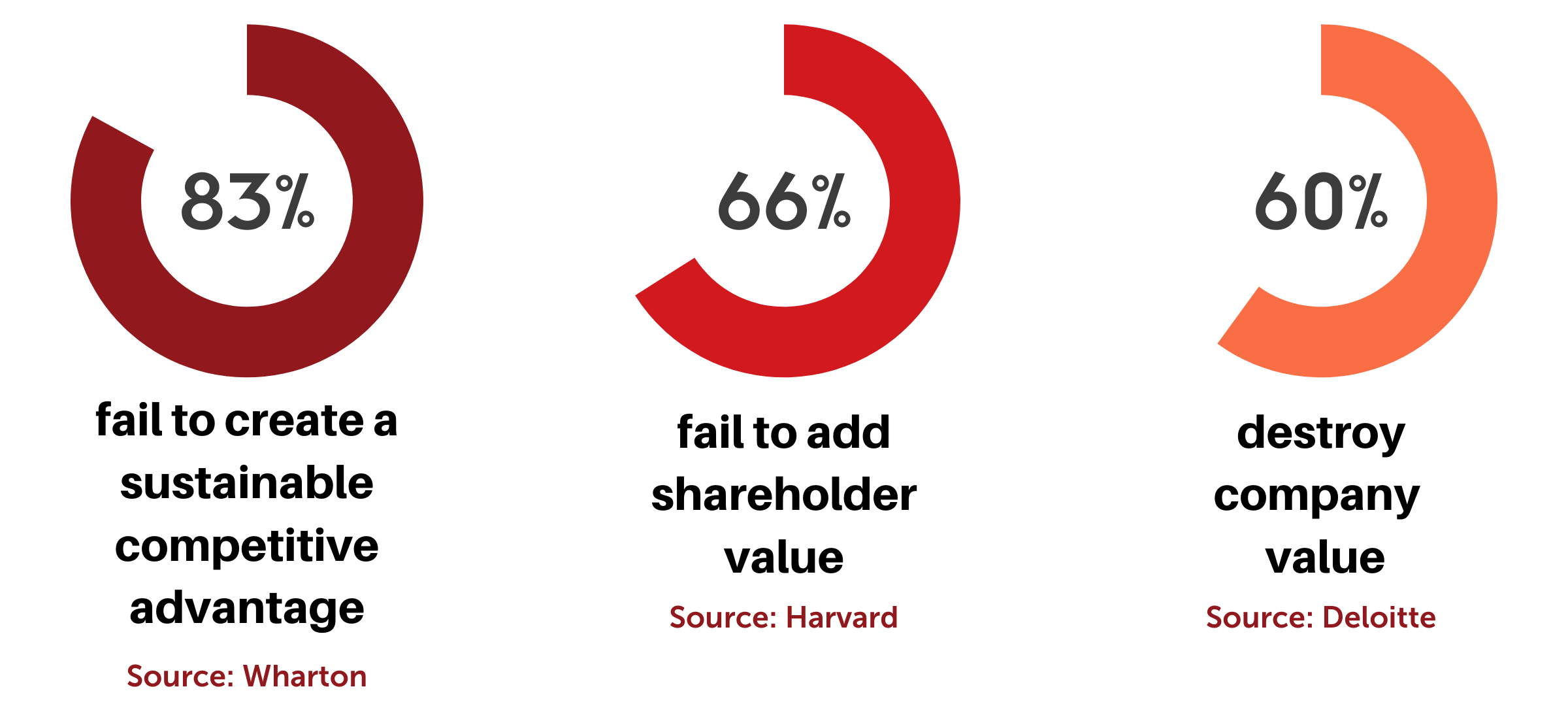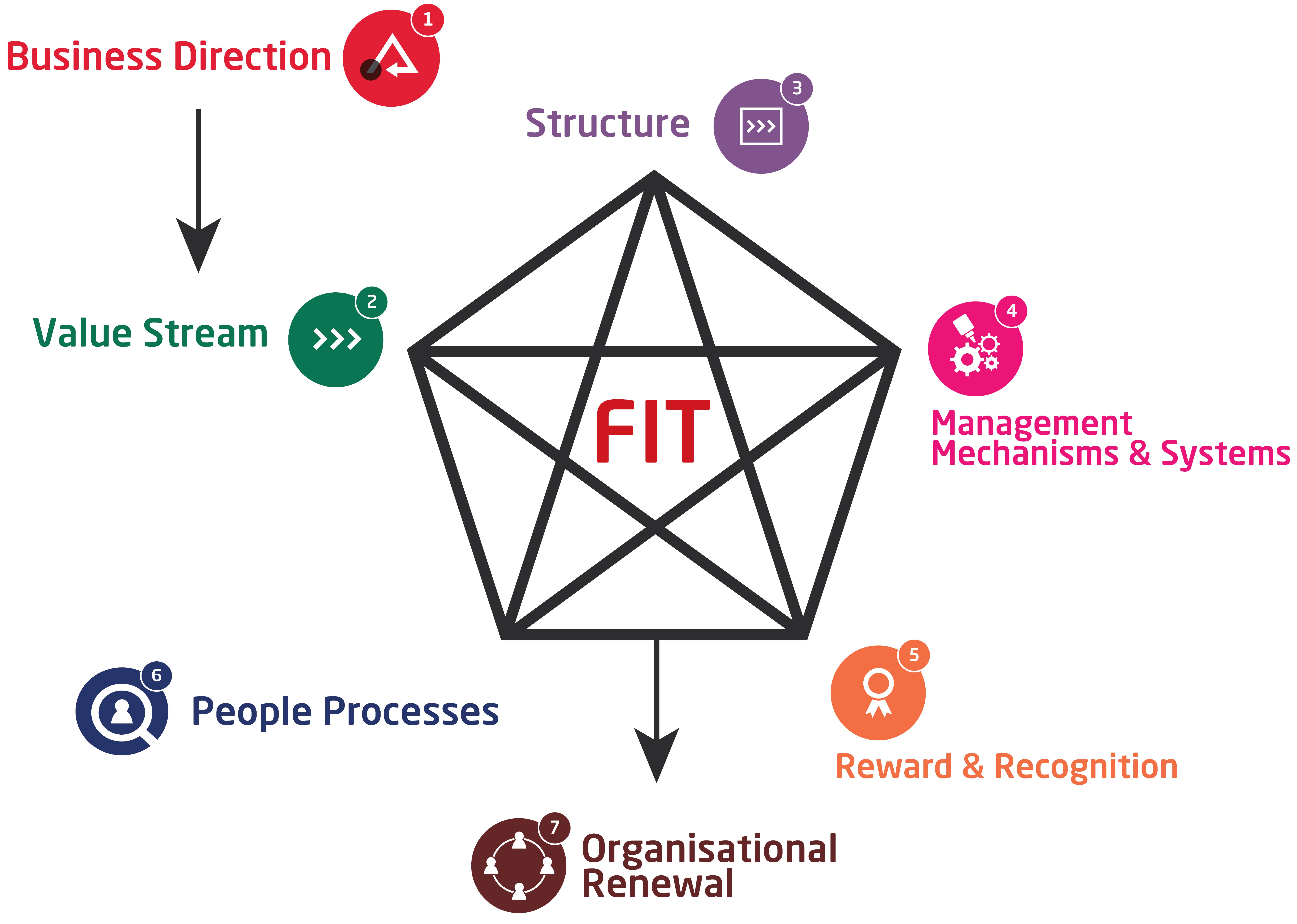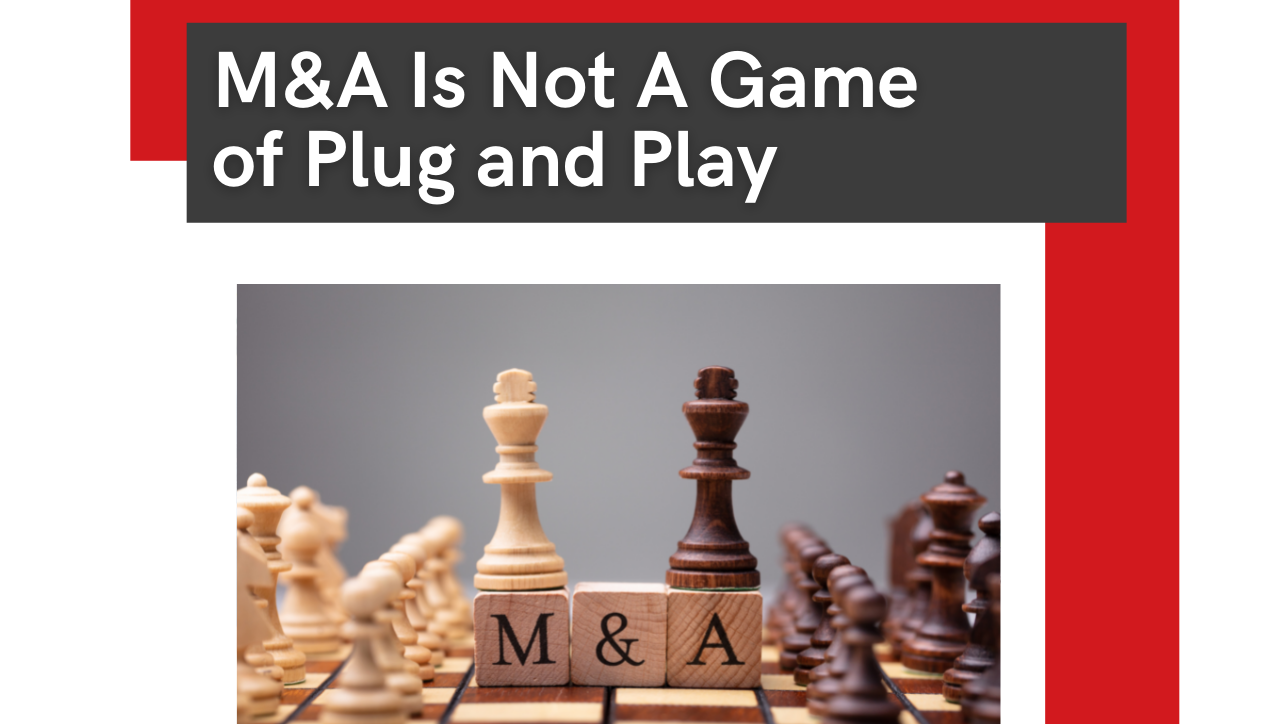As vaccines roll out and business confidence begins to slowly return, we are starting to see increasing m&a. joint venture, and alliance activity across most sectors and geographies. No doubt some of this is opportunistic as the cash-rich take advantage of depressed stock values, but much of the activity is in response to strategic reviews informed by changes in consumer behavior and fresh thinking about the virtual location of talent.
This next wave of M&A activity is going to be less about the growth of existing capabilities to do more of the same, and more about acquiring new capabilities intended to defend and grow market share through new channels, and new products and services. We will see companies adding new channels to market, looking to develop ‘greener’ products and services, and looking to reduce the carbon footprint of their supply chains in response to a step-change in customer expectations.
History is not on your side.
Historical data tells us that M&A deals often fail to deliver either sustainable competitive advantage and/or the expected increase in shareholder value. In this next wave of M&A activity, we could have reason to be even more pessimistic because the need for a holistic approach to integrating the businesses could be viewed as less as an imperative. When two companies with similar capabilities are brought together the need to integrate to optimize the deal synergies can be blatantly obvious. However, when a company acquires a new capability such as a new distribution channel, a new sales channel, a new product or a new service, the temptation is to think that it will plug & play with the existing business thus obviating the need for a holistic integration plan. Nothing could be further from the truth.

Reason for optimism.
There is a glimmer of light at the end of the dark tunnel. We are seeing a really strong emergence in Organization Design as a science, a business imperative and an organizational capability;
- At INSEAD Phanish Puranam, the Roland Berger Chaired Professor of Strategy and Organization Design,
- In the UK and mainland Europe, leading management colleges offer Organization Design as a course,
- OTM has established a Partnership with Bowling Green State University,
- Professional bodies like the European Organisation Design Forum (EODF) and US equivalent, the Organization Design Forum (ODF), have seen rapid growth in membership in recent years,
- Organization Design courses accredited by the ODC are in demand across the Globe,
- More and more internal and external practitioners are reaching ‘Certified Organization Design Professional’ status,
- The number of ‘Organization Design’ jobs being advertised is rocketing.
- The number of consulting firms offering Organization Design is exponentially exploding
In short, the business community is waking up to the value that organization as a discipline brings and is seeing organization design as a key capability needed in a business, a capability that can guide the M&A process. It is these professionals that will help businesses understand the danger in treating the addition of a new capability as a game of plug & play. At the due diligence stage of the M&A deal they will help you understand the degree of fit of the two organizations to your new strategy, and then help you develop an integration plan which will deliver sustained business advantage and shareholder value.
The Way Ahead
At the Due Diligence stage, your internal (or external) Organization Design professionals will help you look at both your operating model and your target organization’s operating model through the same lens. This provides you a clear view of how well both current operating models fit against the requirements of your future strategy, thus predicting the degree of fit if you attempt to just plug and play. At this stage, a poor fit is not a reason not to go ahead with the deal. At this stage, it merely informs you of the amount of integration work you will have to do to design a new operating model that completely fits with your new strategy from the components you have before you.
OTM uses the Applied STAR Model as framework for the fit predictor.

Pay Now or Pay Even More Later
Every merger, acquisition, joint venture, or alliance requires organization design work to design and implement a new operating model. A holistic approach to Fit Prediction during Due Diligence will result in a fact-based, real integrated implementation plan that delivers sustainable benefits for all stakeholders. In absence of this, you will go down the traditionally fragmented workstream and change management approach which harvests the low-hanging fruit sees the anticipated M&A benefits quickly erode over time all the while injecting significant complication and costs into the operating model. Like the sun rising in the eastern sky, you can predict at about the 24-to-36-months post-integration or the next market downturn, the stark realization that we have to cut costs and trim out the waste.
Never miss out on OTM blog updates.
Subscribe to be notified whenever we post.
Peter Turgoose was a Senior Consultant at ON THE MARK.
OTM is the leading global boutique organization design consultancy with offices in the USA and UK. With over 450 successful redesigns and operating model modernizations completed, OTM is owner of the industry’s most integrated, comprehensive and holistic organization design solution. OTM enables its clients to realize their future ambitions.


